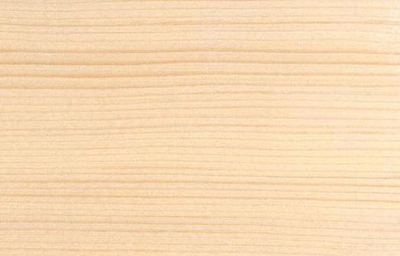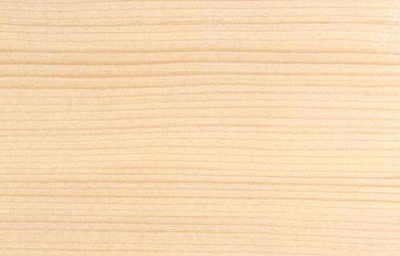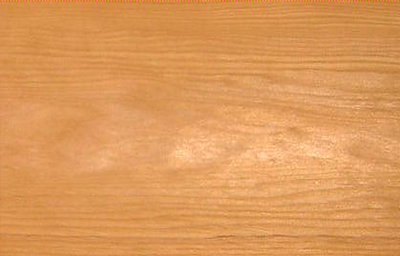Softwood is the wood from gymnosperm trees such as conifers and represents a comparatively smaller percentage of the diversity seen in wood. Gymnosperm trees keep their leaves all year round so, it's also accurate to say evergreens are softwoods and deciduous trees are hardwoods
Softwood is the source of about 80% of the world's production of timber typically used in construction as structural carcassing timber, as well as finishing timber. Because softwood comes from fast growing trees, it has a good sustainability profile in terms of land use.
Here are some of the most common softwood species we offer at Kamsource

Alder
Alder has a light brown color with subtle grain patterns that are straight and has a uniform texture. It is a wood that is soft, relatively low strength, easy to work with and takes stains, paints and polishes exceptionally well.
Alder is used for furniture, cabinets and picture frames, and in other custom woodworking projects. The wood is rarely wider than 6” due to the small size of the trees.


Cedar
For centuries builders and artisans worldwide have valued Western Red Cedar and Eastern White Cedar for their natural beauty and durability. With their wonderful spectrum of natural colors, versatile uses and easy finishing features, Cedar wood is prized everywhere it is used.
Unfinished Red Cedar has richly textured grain with colors ranging from mellow ambers, reddish cinnamons and rich sienna browns. The White Cedar sapwood has a creamy vanilla color while the heartwood is straw yellow. If untreated and exposed to the elements it turns into a silvery gray. The warm cedar coloring is complimented by a uniform, fine-grained texture with a satin luster.


SPF
SPF (spruce-pine-fir) is the name given to a combination of spruces, pines and firs that share similar characteristics and are found throughout the forests of Canada. SPF’s high fiber strength, light weight and easy workability make it an excellent choice for house construction, trusses and home projects.
SPF dimension lumber is kiln-dried to make it straight and dimensionally stable. Its clean, white appearance and small knots create an attractive look for interior projects.


Southern Yellow Pine
Southern Yellow Pine (SYP) is a designated group of four species (Shortleaf, Slash, Longleaf, Loblolly) growing in the Southern United States. They are difficult to differentiate; hence, they are grouped together. All of the Southern Yellow Pines are hard, dense woods. Resin content is high, giving them a distinct odor.
The grain is generally straight with a fine to medium texture. SYP works well with hand and power tools and given its density and high strength, it is the ultimate wood for general construction. It is utilized in house construction, timber framing, bridges, and the like. It's also an excellent choice for flooring. For furniture, this species is underutilized. Most often it's used as a secondary wood.


Douglas Fir
Douglas-fir is one of the best known wood species in the world. Ideal for a wide variety of uses from- decorative doors and windows, to a wide range of commercial and industrial applications, including framing and structural timbers. The tree itself grows to be very large, reaching heights of 85 meters on the BC coast, and 42 meters in the Interior.
Douglas Fir is an incredibly valuable commercial timber, widely used in construction and building purposes. Designers, architects and consumers choose it when they want the best in structural lumber and for clear, tight, straight grain. Douglas Fir products are also excellent for applications where a fine, knotty material is required.


Western Hemlock
Western Hemlock is the largest of the hemlocks. The wood is light in color with a pinkish to reddish-brown tinge. The annual rings are distinct and thas a straight, even grain with a medium to fine texture. It holds its shape well during the drying process, and exhibits little tendency to check.
Western Hemlock machines satisfactorily, sands smoothly, glues easily, and has high nail and screw holding ability. Its painting and staining characteristics are very good. It is used for general construction including dimensional lumber, treated lumber and timbers. Hemlock can also be used forfinishing products such as moldings, windows and doors, and flooring.
